The case, made of steel, offers an attractive contrast thanks to its gilt bezel and bow. On the inner cover, we find the serial numbers 616 and 5718. Beneath the back cover, a glass dust cover protects the movement; although it shows a fine crack, its overall condition is solid and it still perfectly fulfills its protective role, adding a touch of authenticity and patina that only age can provide.
The white enamel porcelain dial is one of the most notable elements of this watch. Surrounding it are elegant blue Roman numerals at the hour positions and a minute track with black Arabic numerals. Hand-applied golden decorative elements reinforce its ornamental character. The subdials for the month, day of the week, and date are labeled in French—a common feature of Swiss watchmaking from that era. The hands, black and finely crafted in Louis XV style, harmonize perfectly with the overall design.
On the sides of the case are small pins or pushers that allow adjustment of the various calendar functions, a typical technical solution in complicated watches from the late 19th century. The visible movement shows meticulous work in bronze and steel gears and components, reflecting the expertise of high-end Swiss horology.
This piece is a magnificent opportunity for pocket watch collectors and those who appreciate mechanical creations with history and character. Ideal for display in a collector’s showcase or as part of an elegant vintage décor.
This antique pocket watch brings together elegance, technique, and rarity in a single object—a horological gem rarely found in such fine condition.
Dimensions: 67 mm (2.64 in).
History of Pocket Watches with Calendar and Moon Phases
Pocket watches with complications such as the complete calendar and moon phases appeared in the 18th century but reached their peak during the 19th century. The combination of these features represented the ultimate mastery of mechanical watchmaking, which aimed not only to tell time accurately but also to track the passage of time in astronomical and calendrical terms. The moon phase indicator, in particular, had both a romantic and scientific component, allowing users to follow the lunar cycle with a precision valued in rural settings as well as by astronomy enthusiasts.
In the 19th century, Switzerland became the undisputed leader in manufacturing highly complicated watches. The most prestigious watchmakers developed increasingly complex and reliable mechanisms capable of showing days, months, dates, and moon phases on small subdials integrated into the main dial. These pieces were almost entirely handmade and intended for a select clientele who valued both practical utility and technical and aesthetic refinement.
Due to their multiple functions adjustable through external pushers, these watches required technical mastery in both production and maintenance. It is no surprise that many ended up in museums or private collections. Over time, pocket watches were gradually replaced by wristwatches, especially after World War I. However, antique watches with complications continue to be highly valued today for their beauty, rarity, and the legacy of a golden age in artisanal watchmaking.



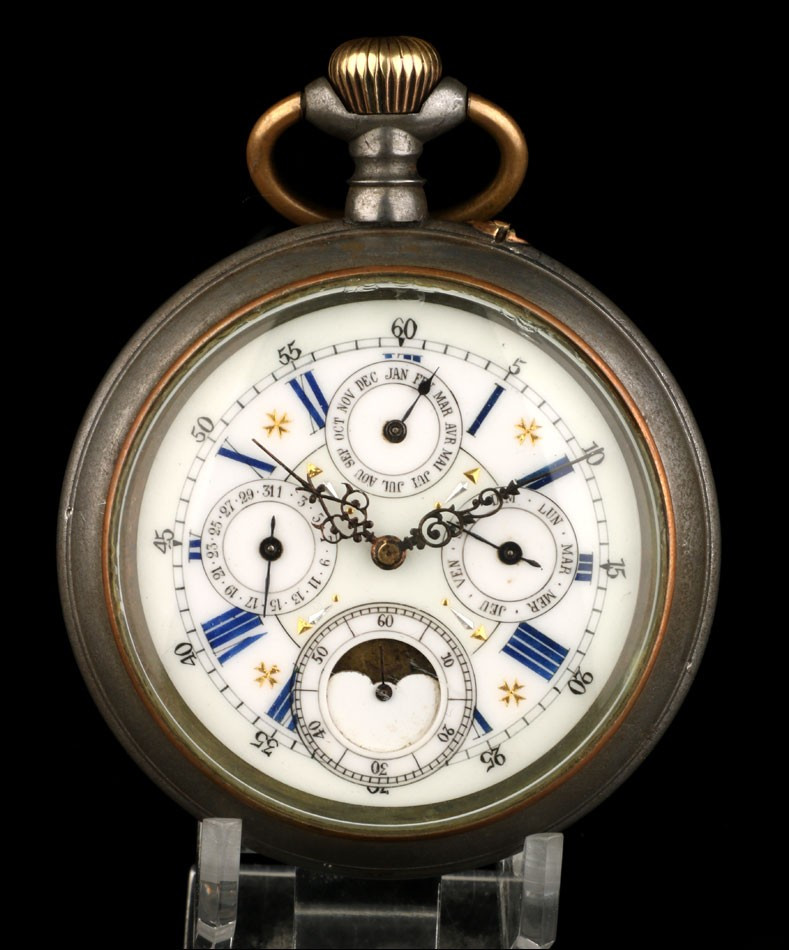
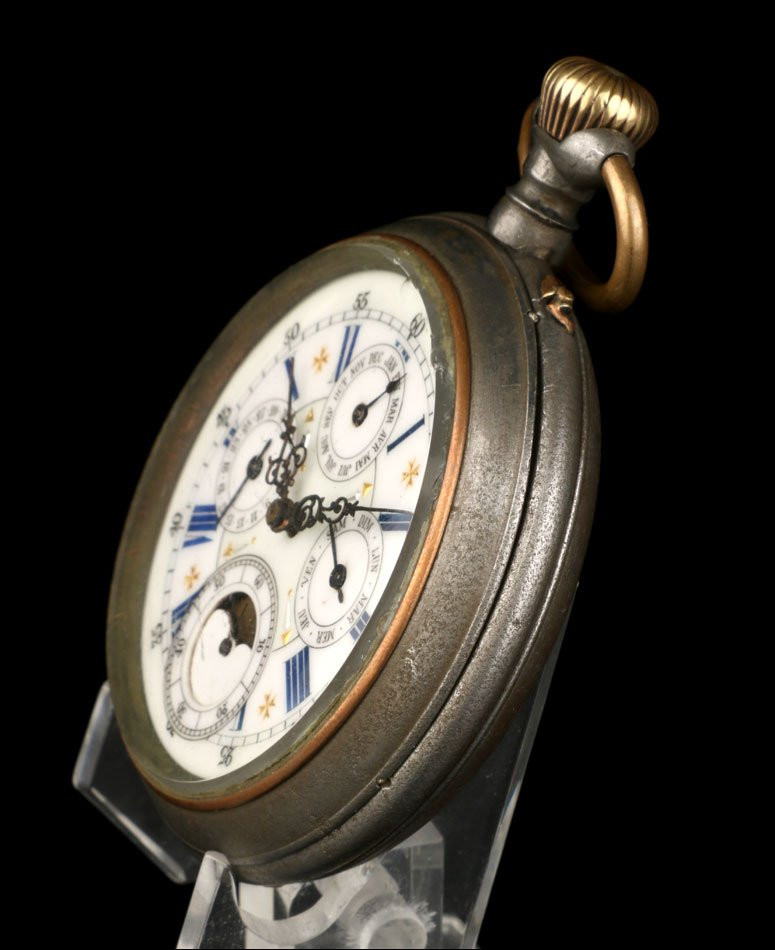
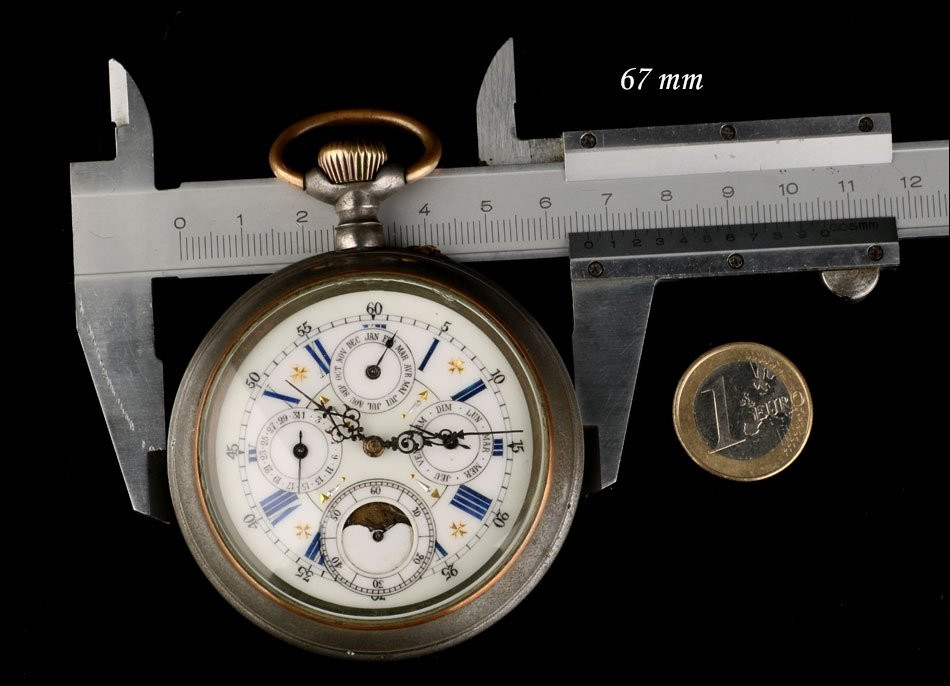
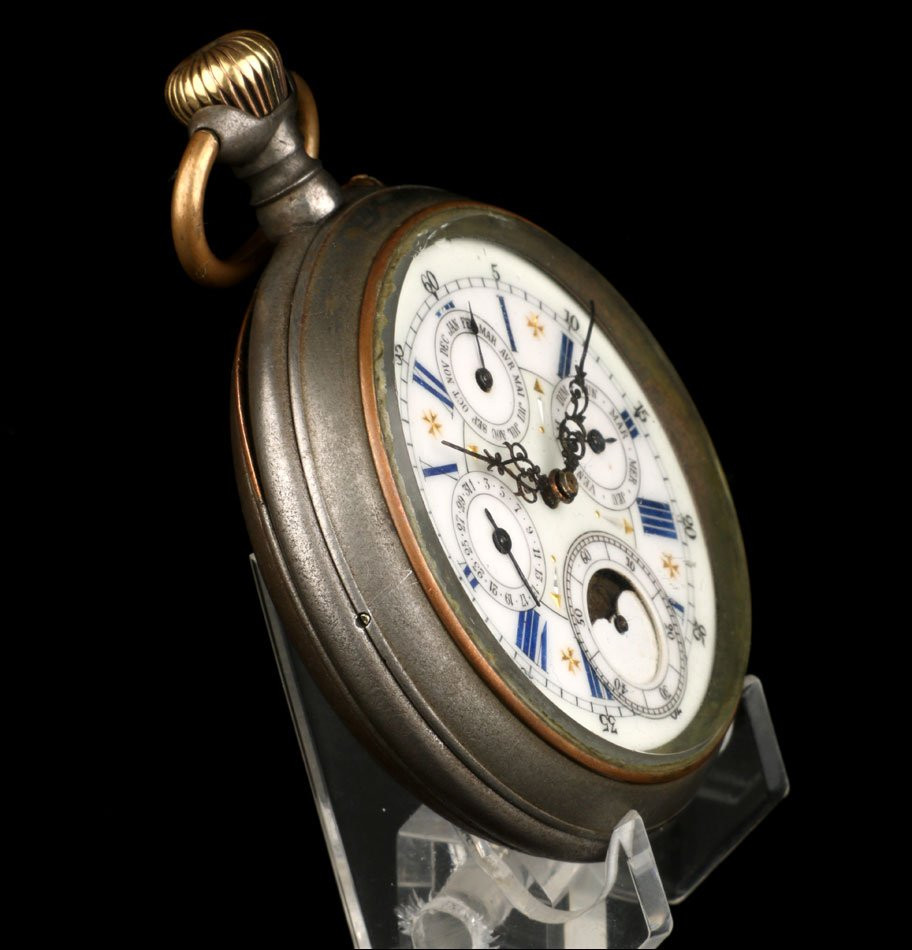

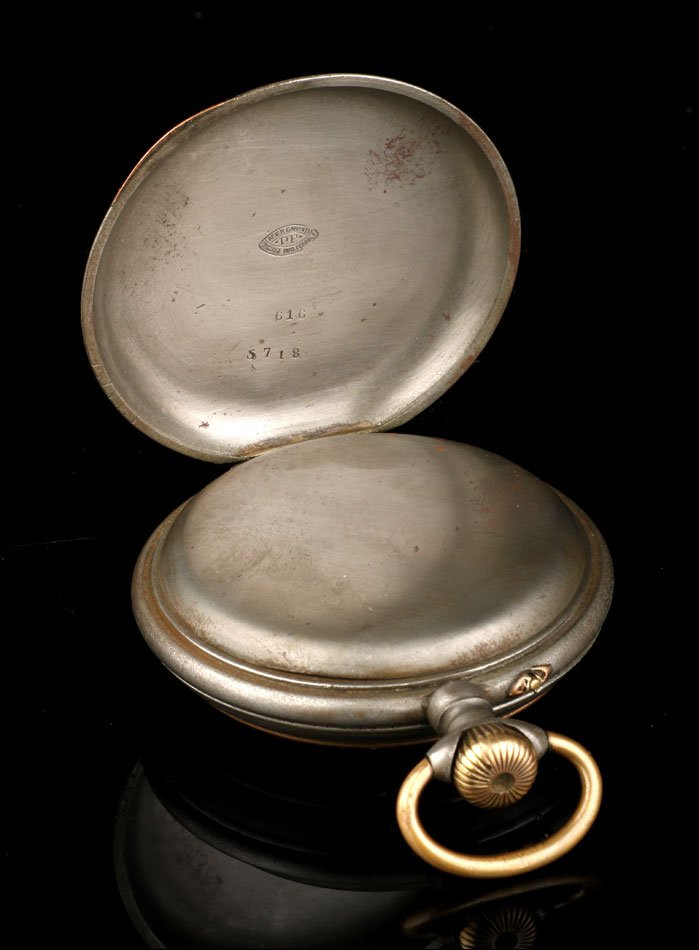

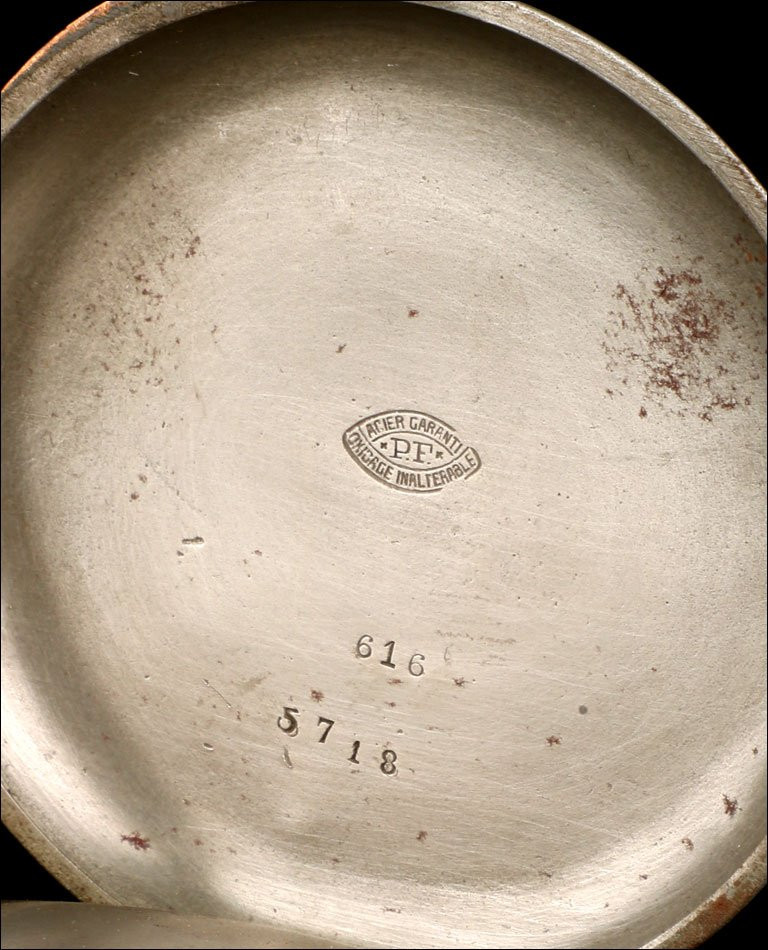
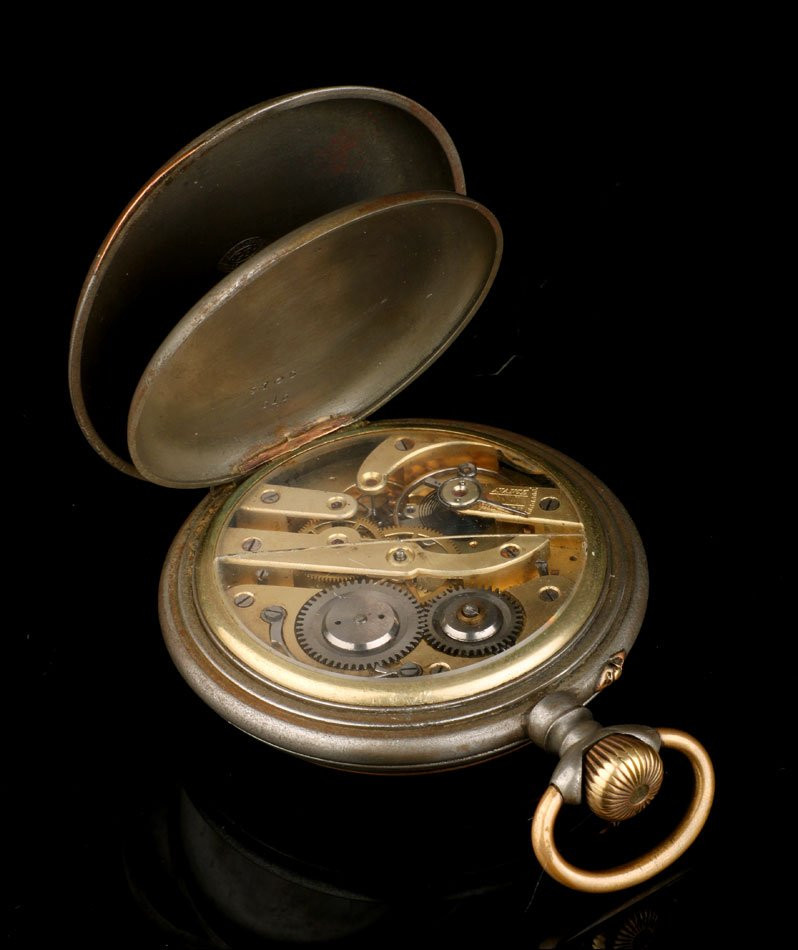
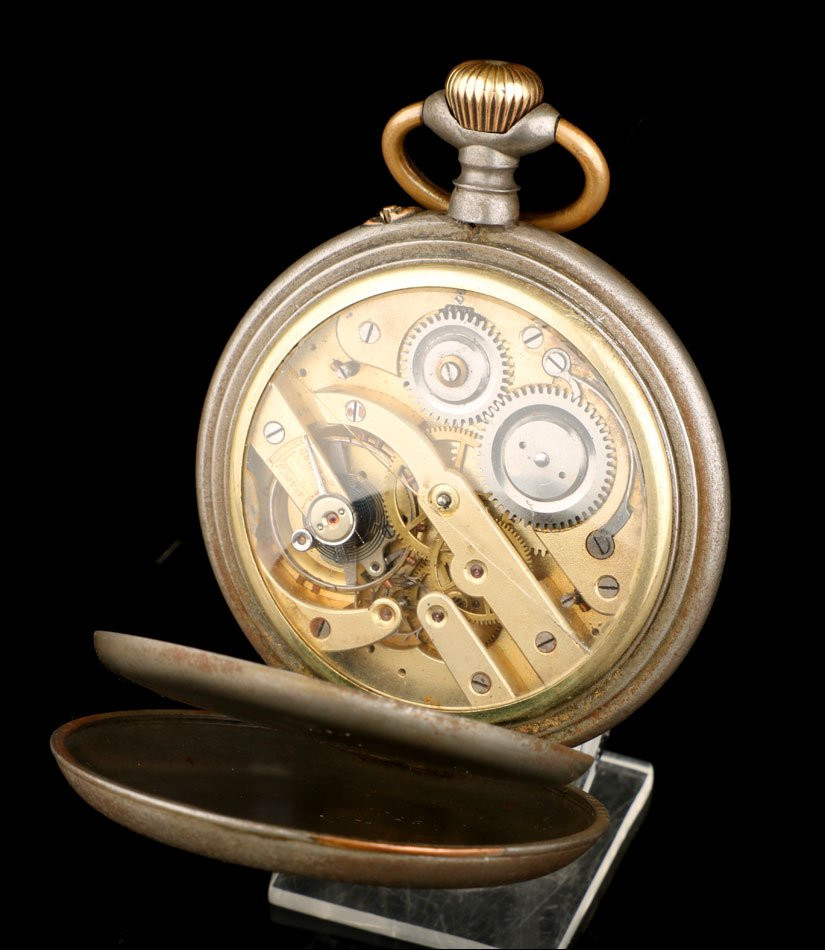

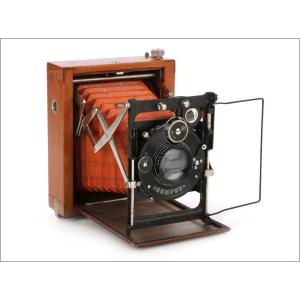



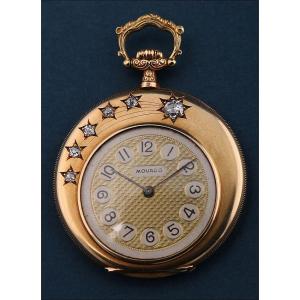


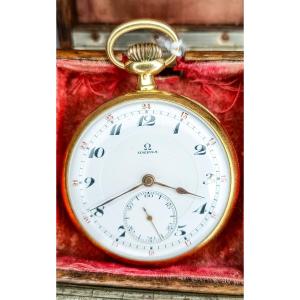







 Le Magazine de PROANTIC
Le Magazine de PROANTIC TRÉSORS Magazine
TRÉSORS Magazine Rivista Artiquariato
Rivista Artiquariato
